1. Tongue
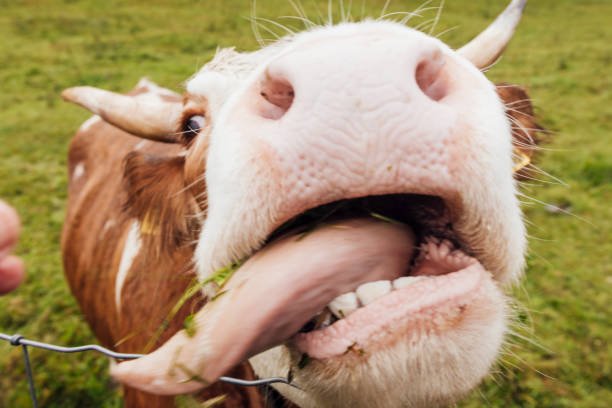
Tongue is a cut that many find hard to accept. Its rich flavor and tenderness make it a favorite in other cuisines, but Americans often feel uneasy. The thought of eating something that once moved inside an animal’s mouth is off-putting. Its bumpy surface adds to the discomfort. While it is delicious in stews and sandwiches, the image alone keeps it from everyday meals. It is a reminder that food taboos can be more about our imagination than the actual taste waiting underneath.
2. Brains

Brains were once found in Southern and Midwestern kitchens, scrambled or fried into sandwiches. Over time, they disappeared from American tables. The fear of illness combined with their strange texture discouraged many. The gray, spongy appearance makes people hesitate, no matter how they are cooked. In other countries, brains are treated as delicacies, but here they sit firmly outside the comfort zone. Few are willing to try them, even when prepared well. Their absence speaks to how quickly habits change, and how certain foods fade away because people simply lose the desire to keep them alive.
3. Intestines (Chitterlings)
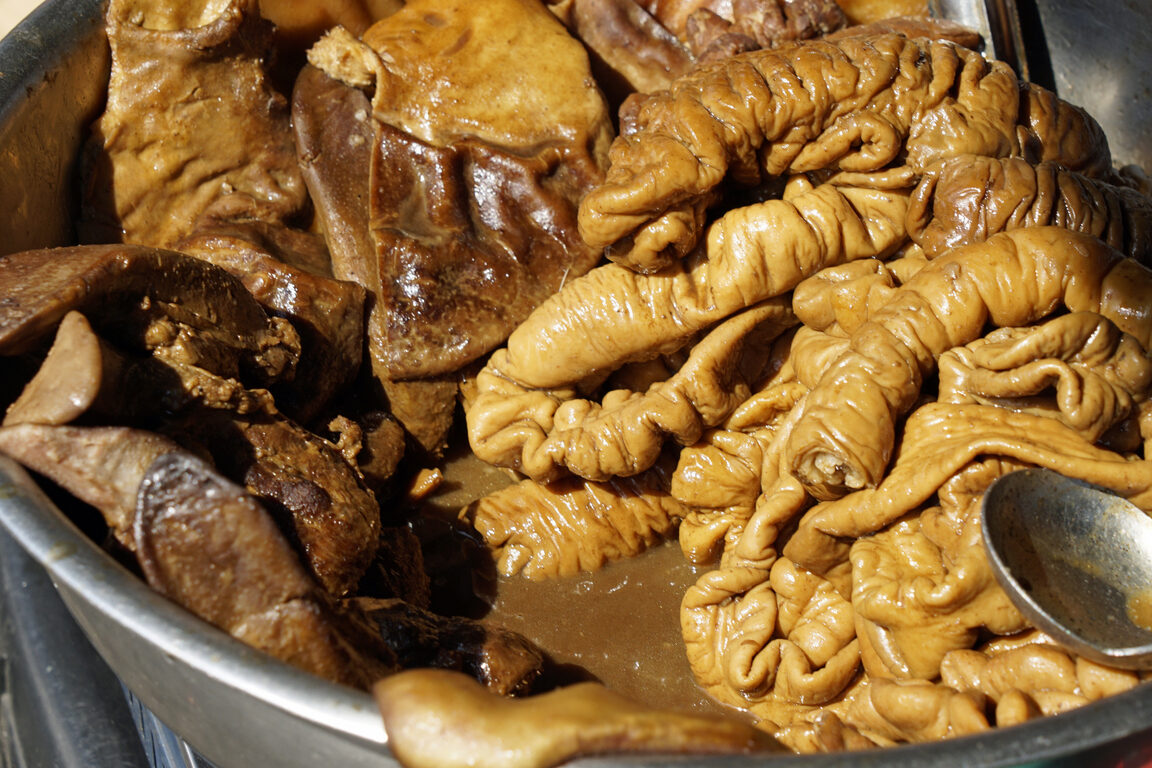
Intestines, often called chitterlings or chitlins, carry deep cultural meaning. They are a symbol of resourcefulness and survival for many African American families. Cooking them requires patience, hours of cleaning, and the ability to handle a strong smell. While they are loved during holiday gatherings, they rarely show up in everyday American kitchens. Many associate them with poverty, which makes them less appealing to newer generations. Still, for those who grew up with chitlins, the taste is tied to family traditions. Their place on the table is less about flavor and more about honoring the past.
4. Liver
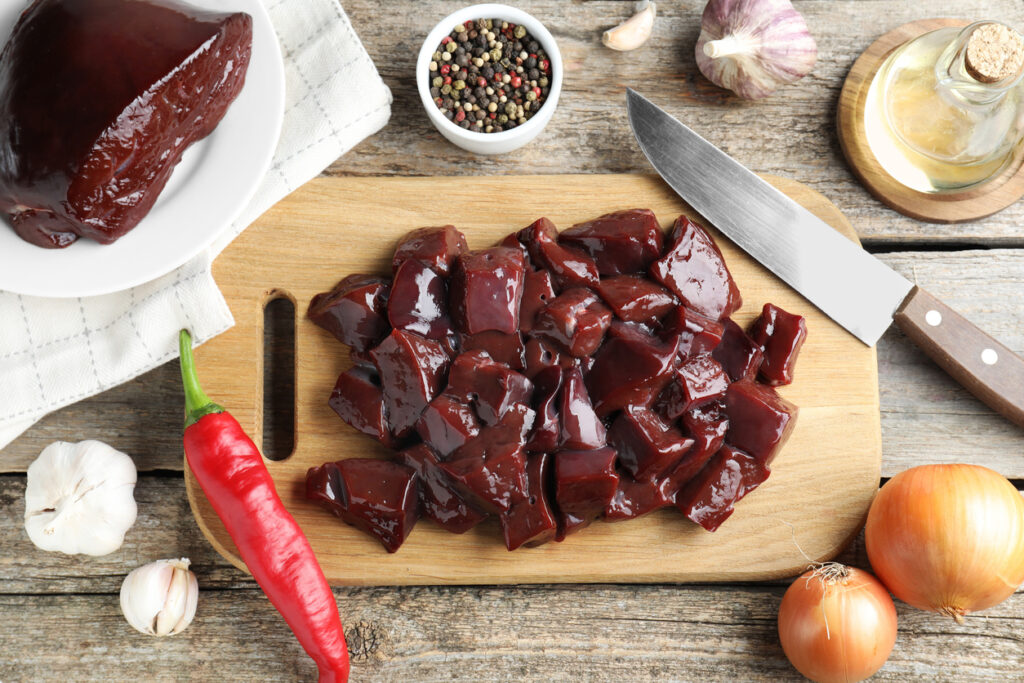
Liver was once a regular dish across America, usually pan-fried with onions or turned into spreads. Today it struggles to stay on the menu. Its strong mineral taste is too much for many, and its identity as “organ meat” makes it sound unappealing. Younger generations especially prefer milder flavors. Yet liver is full of nutrients and was once praised as a health food. Its decline shows how quickly tastes shift when people are not raised with it. What was once considered normal now feels unfamiliar, proving that food traditions do not always survive the test of time.
5. Kidneys

Kidneys never became a common choice in American kitchens. The main reason lies in their smell and their connection to the body’s waste system. Even when cleaned well, they carry a strong aroma that most people find unpleasant. In countries like Britain, kidneys are a part of beloved pies and sauces, but in America they never earned a place at the table. The association with waste makes them feel unfit to eat. Despite being rich in flavor when prepared properly, kidneys remain avoided. Their absence reflects how perception often outweighs possibility when it comes to food.
6. Feet (Pig’s, Chicken’s)
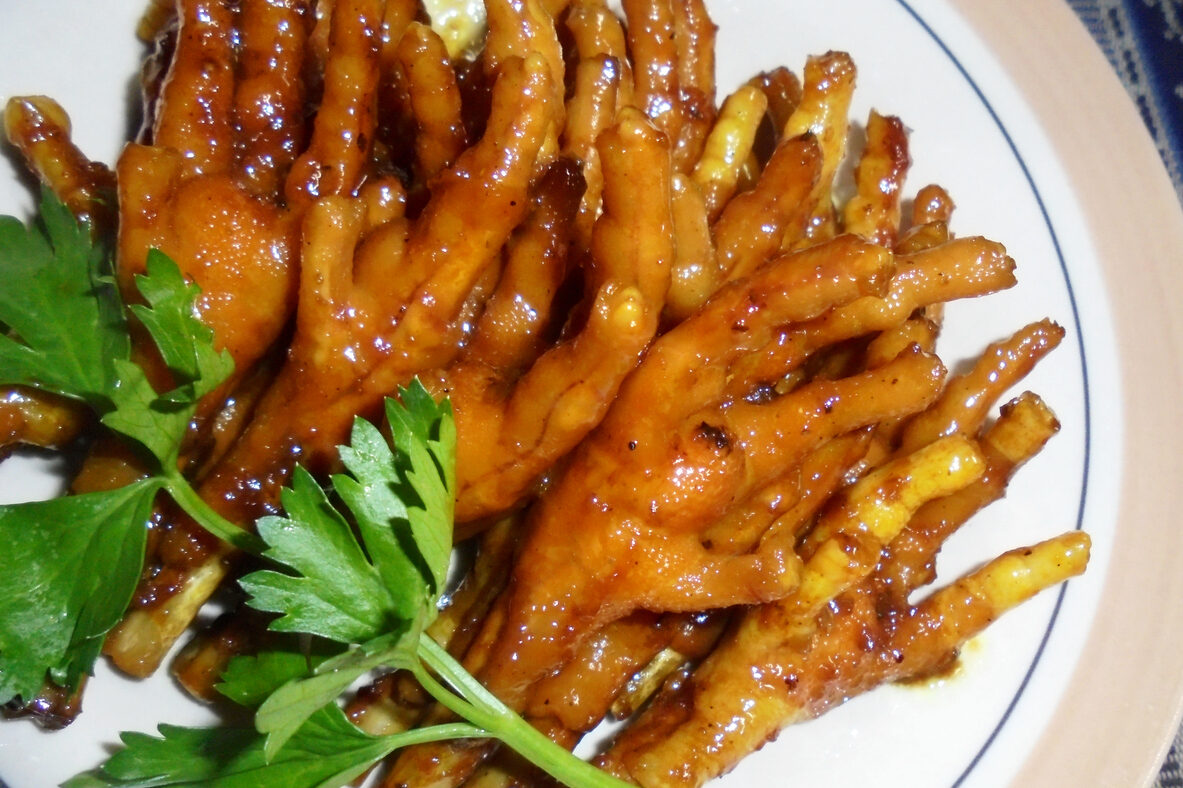
Feet are among the most visible parts that Americans shy away from. Pig’s feet and chicken feet are popular in many places, from soul food kitchens to Asian dining tables. Their value lies in the flavor and gelatin they add to broths and stews. Yet in America, the sight of tendons, claws, or nails often overwhelms any curiosity. Texture plays a big role in this hesitation. Those who grew up eating them see comfort and richness, while others only see strangeness. It shows how food can either comfort or repel depending entirely on where you come from.
7. Stomach (Tripe)
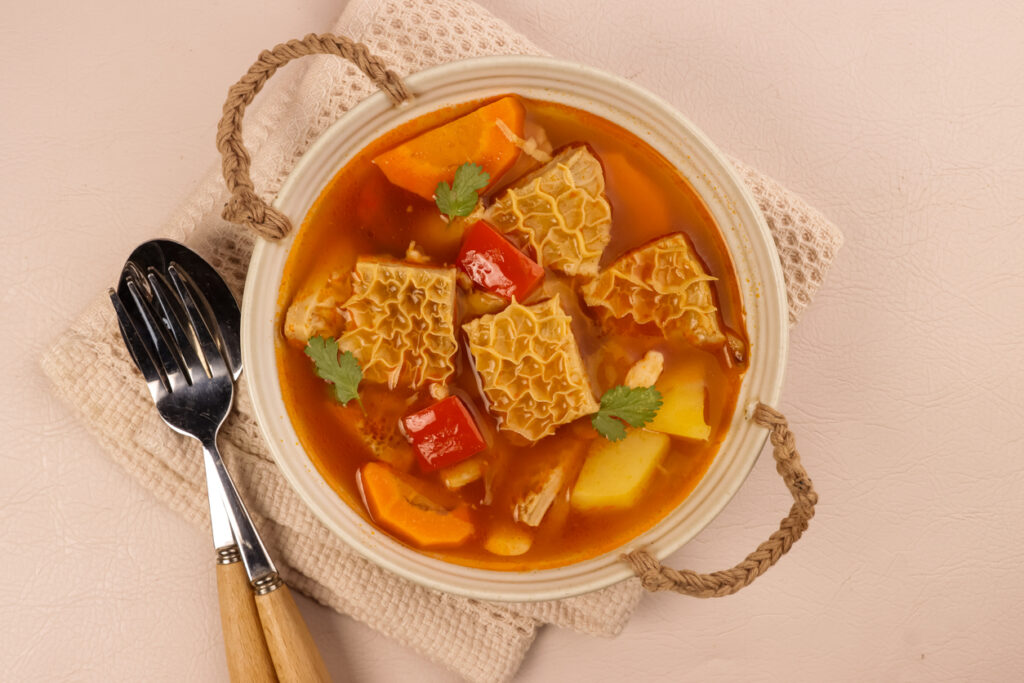
Tripe, the lining of a cow’s stomach, divides opinions instantly. Its chewy texture and strong smell discourage many Americans from ever trying it. Still, in other parts of the world it is treasured, cooked into soups that bring warmth and tradition. In the United States, it remains a food that appears mostly in cultural celebrations, not in daily meals. For those who love it, tripe represents home and memory. For those who do not, it represents discomfort. The contrast proves that taste is more than flavor. It is shaped by culture, and by what feels familiar and safe.
8. Eyes
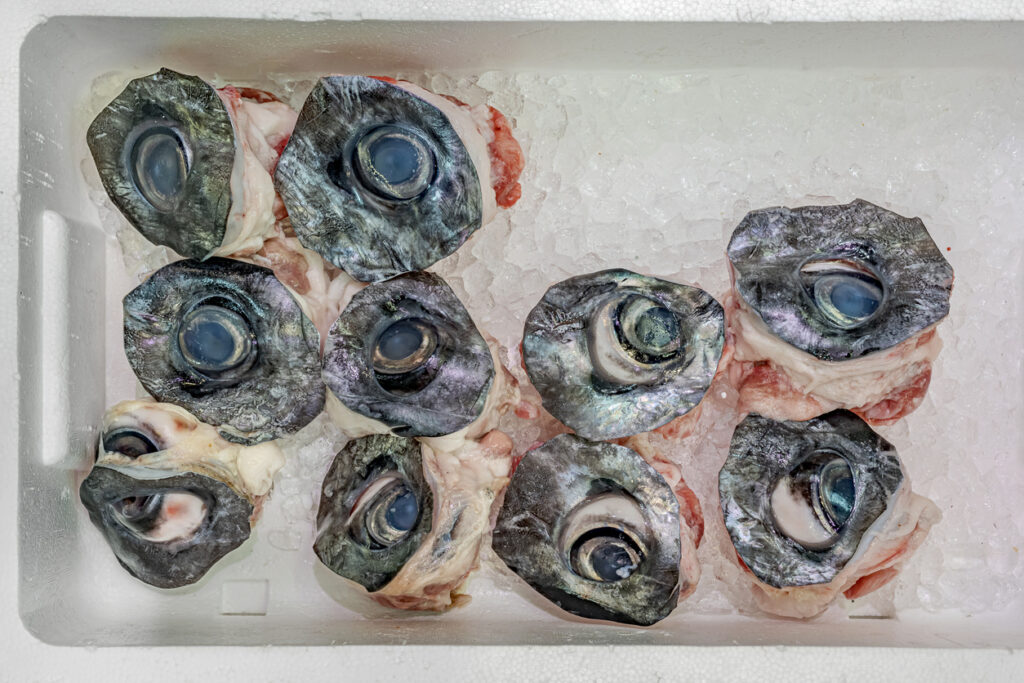
Eyes are one of the most personal animal parts, and for that reason, most Americans turn away. Eating something that appears to stare back feels too intimate. In other cultures, however, eyes are prized for their flavor or symbolic value. Fisheyes, for example, are considered a delicacy in many places. But in America, the unease outweighs curiosity. People prefer to avoid what feels too close to life itself. The discomfort reveals how much of eating is about perception. Sometimes it is not about the taste at all, but about the story our minds tell us.
9. Blood
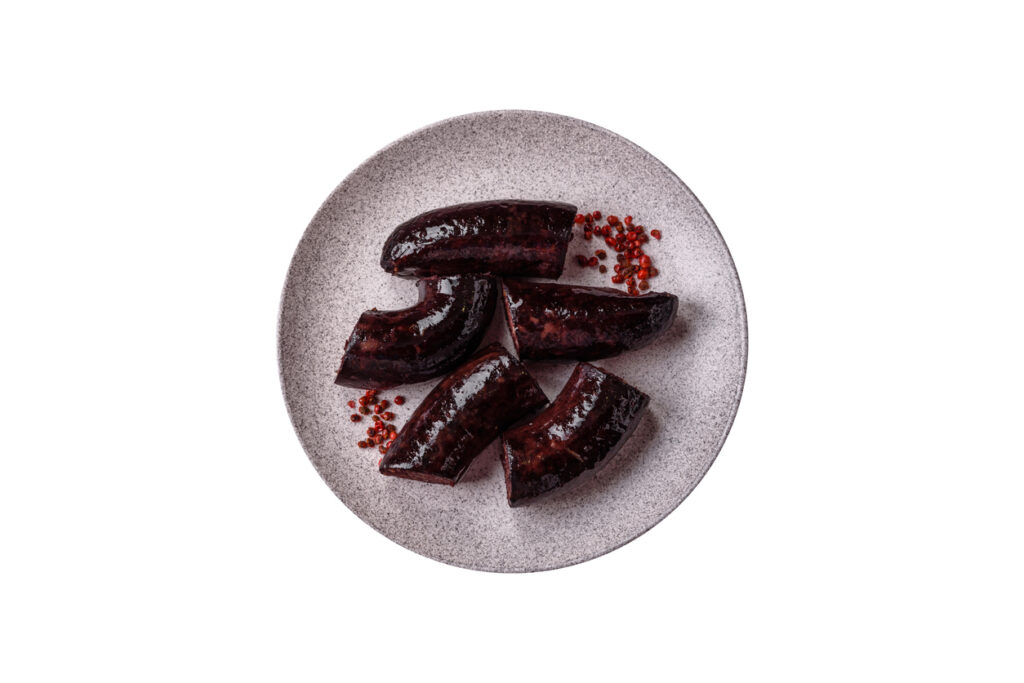
Blood, often cooked into sausages or stews, remains one of the least accepted ingredients in America. While many cultures value it as resourceful and nourishing, Americans often view it with discomfort. The idea of cooking with congealed blood feels too unusual, even if it is rich in protein. Once upon a time, pioneers used it as part of survival cooking, but now it is largely forgotten. Its absence shows how easily food traditions can vanish. What was once practical and useful no longer feels right to modern eaters, proving that food taboos are as powerful as taste.
This story 9 Animal Parts Americans Refuse to Eat (But the Rest of the World Loves) was first published on Daily FETCH


